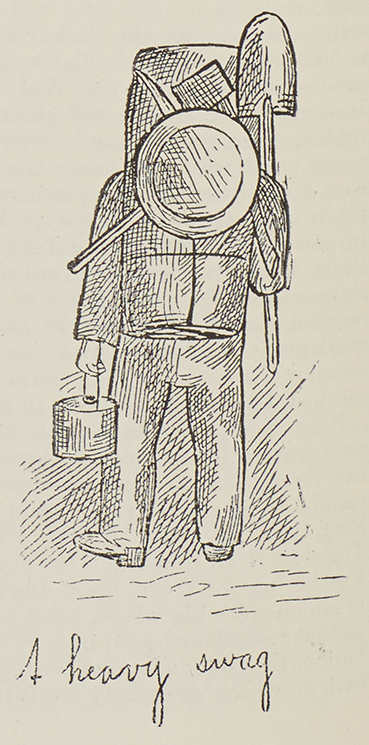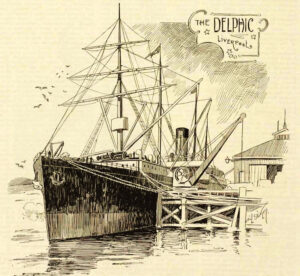As part of a Valley Profile series, MEGHAN HAWKES searches through old newspapers to bring you the stories Thames Valley locals once read about themselves.
1869
P The Māori settlement of Waihī attracted a number of miners after auriferous quartz was said to be found there. The road from Ohinemuri to Waihī was a good one, running in the hollows of the range, and it was supposed that an alluvial field was somewhere between the two places. Unrest over the loss of Māori land meant gold diggers travelling between Ohinemuri Waihī and were not safe but the steamer Clyde sailed at once with a second batch of diggers, the remainder of which would be taken on a third trip.
Māori signal fires blazing in close proximity to Thames were repeated over two nights and appeared to be a communication to the Thames and Piako Māori. Residents were advised to not be alarmed.
A new gold discovery was made near the Miranda Redoubt – part of the stone was crystallised and the remainder was dark blue in which gold was plainly visible. Prospecting parties had been working there for some time and from the bearing of the reefs at Thames it was the conviction of competent authorities that the Waihōu River ran over some very rich quartz reefs. It was anticipated that the day would come when portions of sea beach exposed at low water would, by means of machinery, and the perseverance of miners, be worked to advantage.
Machinery for flax preparation was taken from Grahamstown to the Puriri estate of Messrs Hannaford, O’Keeffe, Brissenden, and Logan. The property consisted of about 8000 acres commencing at Puriri and extending to Hikutaia. A 20 horse power engine would drive twelve of Price and Fraser’s flax machines. The development of flax was seen as second only in importance to that of the vigorous working of the quartz reefs.
The township of Hastings (Tapu) situated on a small flat backed by noble looking hills was predicted to prove the source of considerable wealth to the district. Tapu Creek took its course for miles through the hills and was one of the longest and best prospected on the Thames goldfield. The population was around 600 and was served by no less than eight public houses and six stores, which was amply sufficient to supply the population with all necessary comforts.
A petition to form the separate townships of Shortland and Grahamstown into a municipality so they were able to govern themselves better was presented to his Excellency the GovernorFew goldfield towns had grown into such respectable proportions as the towns of Shortland and Grahamstown had in the short space of two years.
The ti-tree and flax swamps had been changed into busy streets, and the sites of old peach groves were now thickly planted with houses. Aucklanders grumbled that their streets were not repaired, but at Thames there were no streets to repair and the inhabitants were more than justified in demanding some change for the better.




